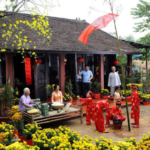The Sanh, Sop, Si, and De trees are four long-living tree species commonly grown in Vietnam, with the Sop tree being a familiar sight on sidewalks and as a bonsai tree. Let’s explore how to grow and care for the Sop tree and understand its significance through this article!
1 What is the Sop tree?
Origin and Significance of the Sop Tree
The Sop tree, also known as the Ficus superba Miq., belongs to the Mulberry family and is native to tropical Asia and temperate Europe.
It is a woody tree that can grow up to 10 meters tall, but typically ranges from 5 to 6 meters, with a shorter height when cultivated as a bonsai tree. The trunk has a rough bark, and multiple branches grow in different directions.
 What is the Sop tree?
What is the Sop tree?
Feng Shui Significance of the Sop Tree
The Sop tree is a tall and long-living tree that symbolizes longevity. Those who grow this tree wish for peace, a long life, and a prosperous existence.
Moreover, the Sop tree is believed to bring good fortune and positive energy, making it a popular choice for indoor bonsai displays.
Characteristics and Classification of the Sop Tree
One of the Sop tree’s unique features is its numerous auxiliary roots that grow from the trunk and branches, hanging downwards in an attractive manner. Its leaves are dark green and oval-shaped with a pointed tip, and they emerge with a reddish-purple hue.
The tree produces flowers that grow in cone-shaped clusters, and its fruits resemble tiny figs, ripening from green to red. The Sop tree typically flowers and fruits from May to October each year.
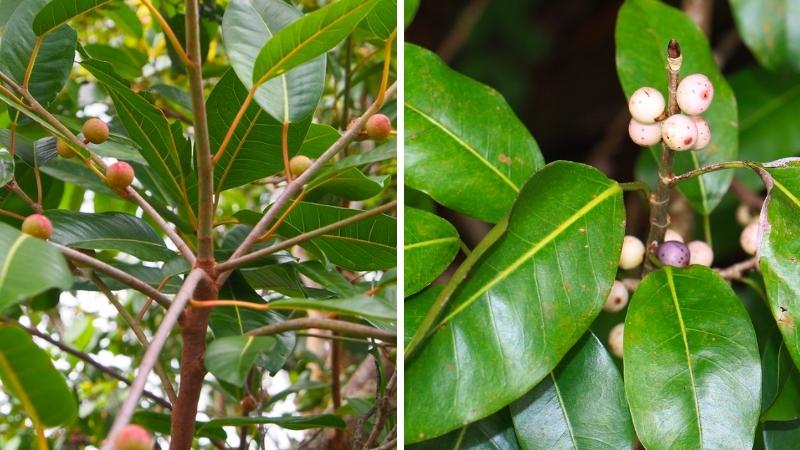 Characteristics of the Sop tree
Characteristics of the Sop tree
The Sop tree is resilient and adaptable, capable of thriving in various soil types due to its tolerance for drought and cold conditions. Its pliable nature also makes it ideal for bonsai cultivation.
2 Benefits of the Sop Tree
Health Benefits
The Sop tree is commonly used in traditional Eastern medicine for treating back pain, irregular menstruation, and impotence, among other ailments.
The sweet and cooling fruits are beneficial for clearing blocked milk ducts, reducing inflammation, and regulating menstruation. Meanwhile, the bitter-tasting roots and trunk have neutral properties that aid in detoxification, treating rheumatism, and promoting blood circulation.
The leaves of the Sop tree, with their cooling and astringent properties, are useful for detoxification, treating abscesses, and reducing swelling.
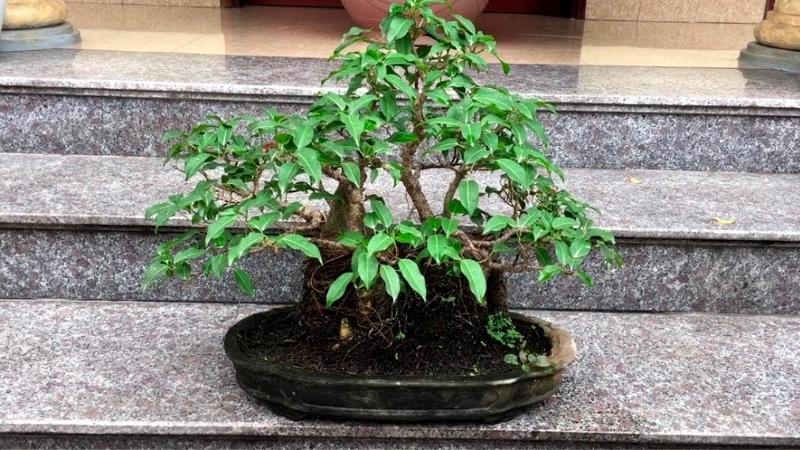 Benefits of the Sop tree
Benefits of the Sop tree
Aesthetic Benefits
The Sop tree, with its majestic size, is often planted in parks and landscapes to provide shade and contribute to a greener environment. It also releases oxygen, helping to purify the air.
Additionally, the Sop tree is popular for bonsai cultivation, creating beautiful miniature landscapes and enhancing their economic value.
3 How to Grow and Care for the Sop Tree
Growing the Sop Tree at Home
The Sop tree is relatively easy to propagate through asexual reproduction methods such as cutting and layering. Prepare a well-drained, nutrient-rich soil mix consisting of 50-60% loam, 30% manure and straw, and the remaining portion of organic and phosphate fertilizers.
Peel a layer of the tree’s bark and place it in a planting hole approximately 20-30 cm deep, then cover it with soil. When planting, ensure the tree is positioned about 10 cm deep and water it generously. You may also want to stake the tree for added support.
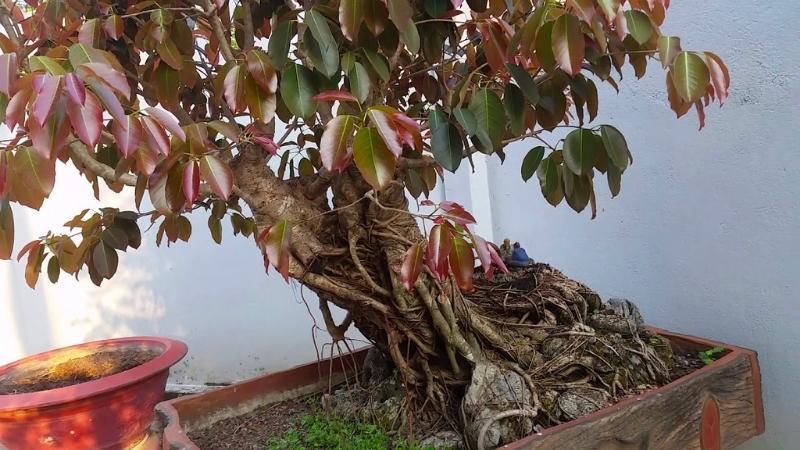 Sop tree with young red leaves
Sop tree with young red leaves
Caring for the Sop Tree
The Sop tree is low-maintenance and only requires sufficient water, especially during dry seasons. Apply a combination of nitrogen, phosphate, and potash fertilizers periodically and water the tree after each feeding.
Additionally, regular weeding and pest inspections are essential to maintaining the tree’s health.
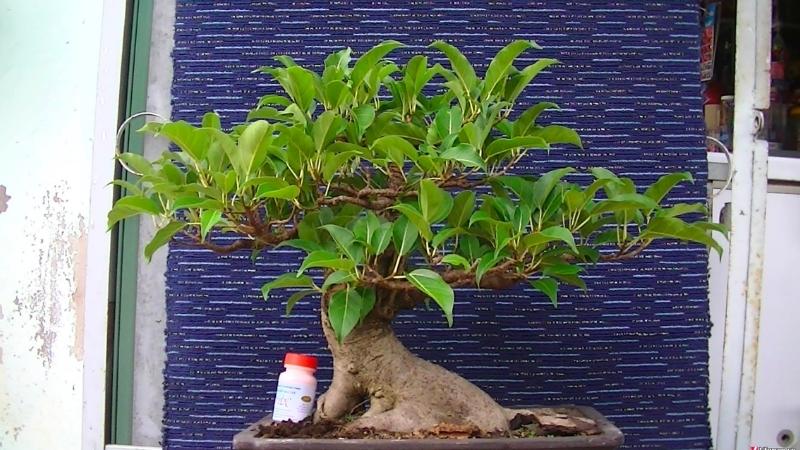 Caring for the Sop tree
Caring for the Sop tree
Notes on Growing and Caring for the Sop Tree
- Ensure adequate water supply during the dry season.
- Fertilize regularly for optimal growth.
- Monitor the tree’s growth and address any issues promptly.
4 10 Beautiful Images of the Sop Tree
 Majestic Sop tree
Majestic Sop tree
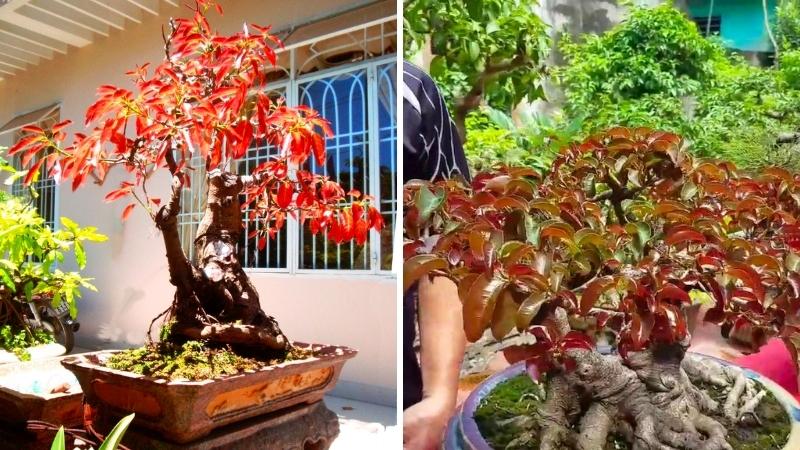 Stunning red Sop tree
Stunning red Sop tree
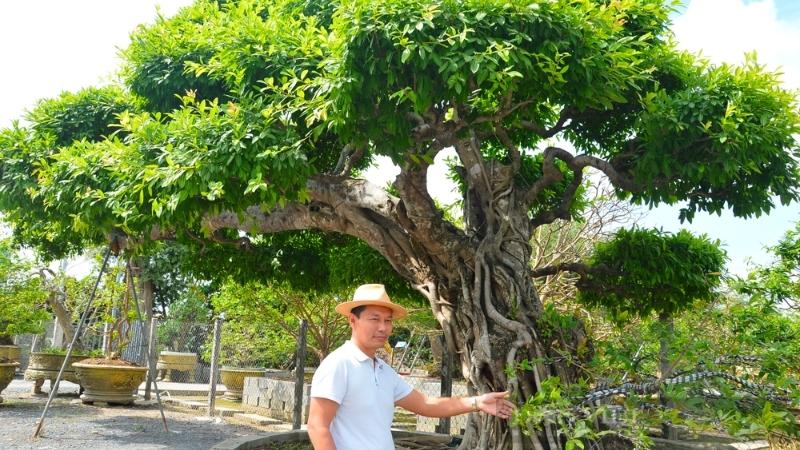 Sop tree in a garden
Sop tree in a garden
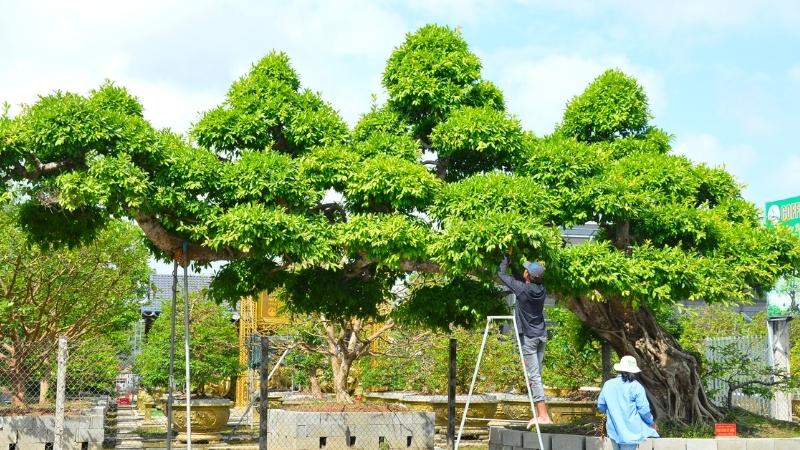 Unusual Sop tree shape
Unusual Sop tree shape
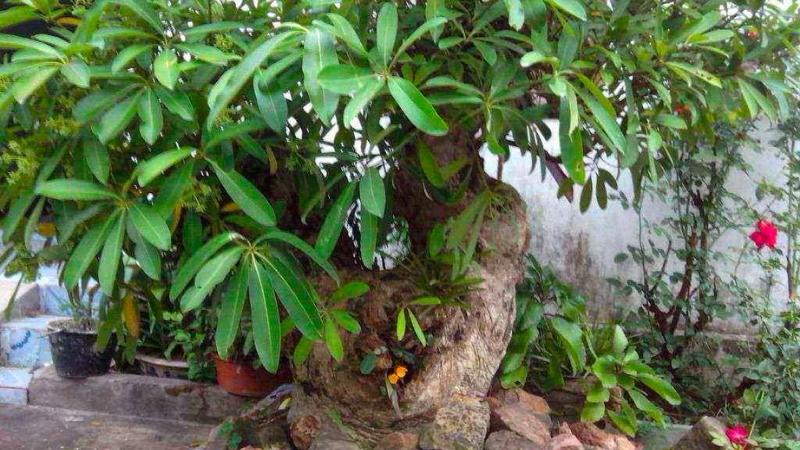 Sop tree bonsai
Sop tree bonsai
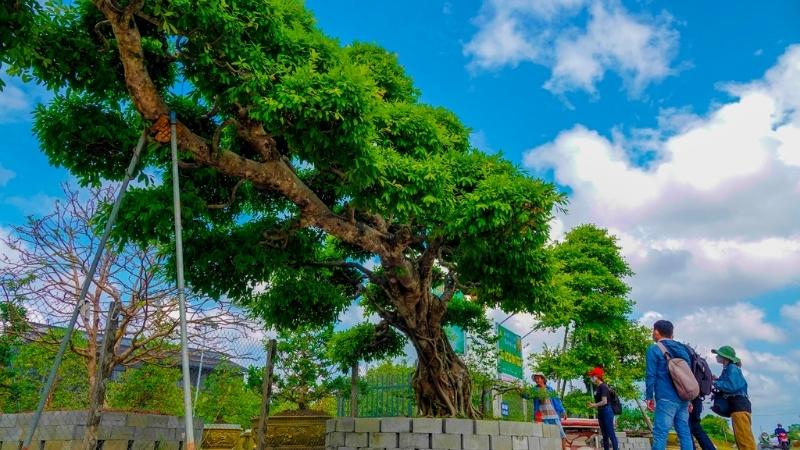 Unusual Sop tree shape
Unusual Sop tree shape
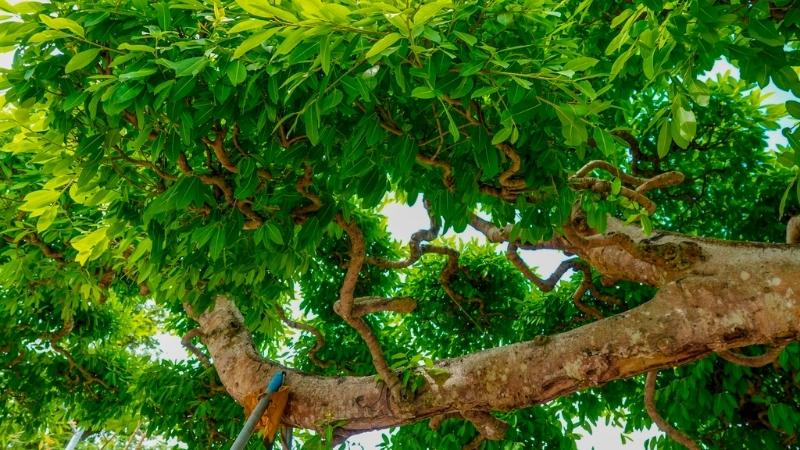 Lush branches of the Sop tree
Lush branches of the Sop tree
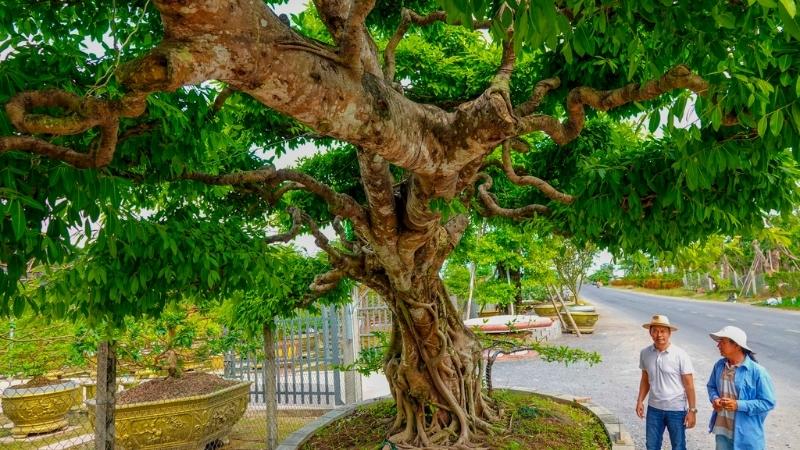 Grand Sop tree
Grand Sop tree
This article has provided insights into the cultivation, care, and significance of the Sop tree. Hopefully, you found it informative and inspiring!
Explore 12 Amazing Destinations for Biking Trips
Unlock Vietnam in a brand new way with an exciting biking tour! Discover the stunning beauty of the country with Dien May XANH’s top 12 must-see destinations. From sweeping plains to clear blue beaches and mountainous vistas – experience all the sights with your own personal cycling tour. Find your ideal route and set out for an adventure today!

























